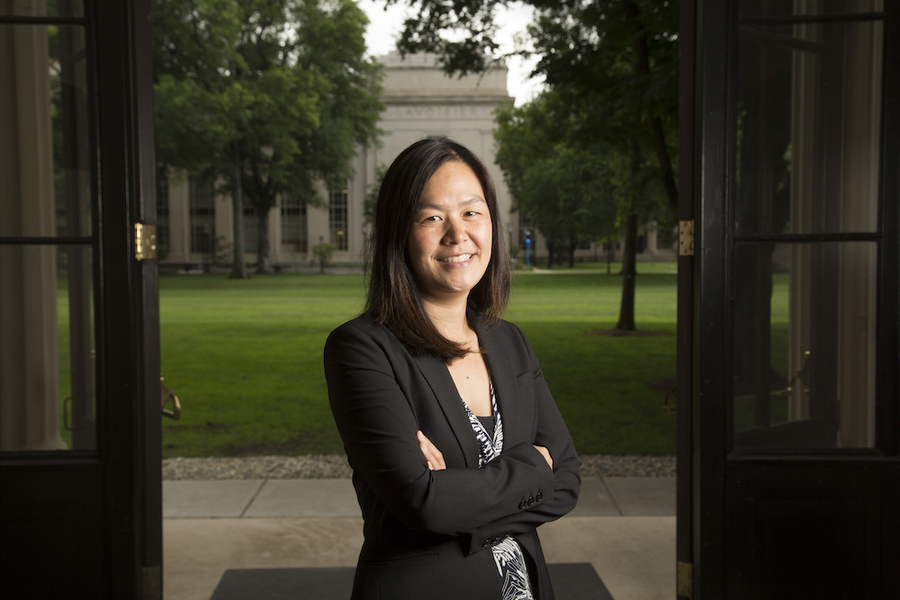Evelyn Wang appointed as director of US Department of Energy’s Advanced Research Projects Agency-Energy
On Thursday, the United States Senate confirmed the appointment of Evelyn Wang, the Ford Professor of Engineering and head of the Department of Mechanical Engineering, as director of the Department of Energy’s (DOE) Advanced Research Projects Agency-Energy (ARPA-E). “I am deeply honored by the opportunity to serve as the director of ARPA-E. I’d like to […]
New tool can assist with identifying carbohydrate-binding proteins
Groundbreaking research can help alleviate the challenges affiliated with studying carbohydrates.
New sensor uses MRI to detect light deep in the brain
Using this approach, researchers can map how light spreads in opaque environments.
White House names Daniel Hastings to space advisory group
National Space Council’s Users Advisory Group will guide the Biden-Harris administration on space preservation and industry.
Evelyn Wang appointed as director of US Department of Energy’s Advanced Research Projects Agency-Energy
The head of MIT’s Department of Mechanical Engineering was nominated by President Biden to lead ARPA-E’s mission to support critical energy research.
Pablo Jarillo-Herrero delivers 2022 Dresselhaus Lecture on the magic of moiré quantum matter
The MIT professor discussed a new nanoengineered platform to investigate strongly correlated and topological physics.
This is your brain. This is your brain on code
MIT researchers are discovering which parts of the brain are engaged when a person evaluates a computer program.
MIT’s top research stories of 2022
Popular stories this year covered the detection of radio signals from space, a new battery design, immigrants’ entrepreneurial activity, and more.
MIT community members win 2023 IEEE medals and awards
Seven faculty and alumni are among the winners of the prestigious honors for electrical engineers and computer scientists.
Food for thought, thought for food
Christopher Mejía Argueta’s research focuses on retail and e-tail operations for emerging markets, food malnutrition, food waste, and local, short food supply chains.









